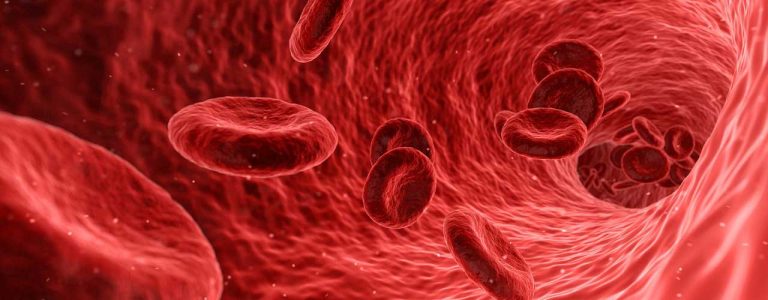The line between heavy substance use and addiction is a blurry one. What’s more confusing is that they are sometimes treated as the same condition.
One of the hazards of this is that it minimizes the dangers of heavy substance use. However, the blurry line between heavy use and addiction is also a slippery slope. This is because heavy use may be treated as ‘recreational’ and therefore not taken as seriously as addiction. Heavy use and addiction can negatively impact a person’s life, especially as heavy use may often, but not always, lead to addiction. So how can we identify it?
To help you distinguish the difference between heaving using and addiction, this blog uncovers some of the distinctions and delves into how to recognize heavy use before addiction occurs.
A Slippery Slope to Addiction
Although not strictly considered an addiction, heavy substance use is still a cause for concern. Though a common misconception is that drugs and alcohol go hand-in-hand with some recreational activities, like concerts and festivals, heavy use is not to be taken lightly.
A way of understanding heavy use turning into addiction is by assessing its impact on a person’s health and social wellbeing. As people who develop an addiction begin to behave outside of their normal character, they may start to feel misunderstood and isolate themselves from their friends and families. Instead, they will befriend other users.
Read more: Drug Detox Orange County
Observing someone’s new camaraderie, though not to be taken for granted as a sure-cut sign, can be a way of understanding that they have developed a problematic relationship with substances.
Addiction is Chronic
Although heavy substance abuse can be categorized as ‘drug misuse,’ much like an addiction, major differences exist between the two. According to the National Institute on Drug Abuse, one of the main differences is that addiction can be classified as a brain disorder because it makes functional changes in the brain.
These functional changes, or circuit adaptations, can manipulate stress responses, self-control, and anxiety. This circuit change is what gives way to the signs we associate with addiction.
The moment heavy substance use becomes an addiction can be assessed in these ways:
- Tolerance to the substance develops, leaving many demanding more significant quantities to reach a high.
- Physical withdrawal symptoms such as shaking, sweating, and ‘pangs.’
- Mental withdrawal symptoms, including mood swings and erratic behavior.
- Abandoning obligations to score a drug or get high.
- Physiological changes to sleeping and eating patterns.
These signs can mean that substance misuse has become ‘chronic.’ Much like other diseases, including type 2 diabetes, the acquired health condition can be managed. However, it cannot be cured. This means that a person may need to seek therapeutic and medical options for detox and help towards sobriety.
In addition to the above, one of the primary defining factors between heavy use and addiction is how difficult it is to stop using once an addiction has developed. Though heavy use can often lead to health disorders due to heavy drinking or drug use, it in itself is not considered a chronic illness like an addiction.
If we think about it, this problem comes up in recreational use too. We might ask questions like, “how will I enjoy myself without a drink, or without being high?”
Heavy use can quickly transform into an addiction. As the short and long-term side effects can be devastating, we recommend seeking treatment as soon as possible.






